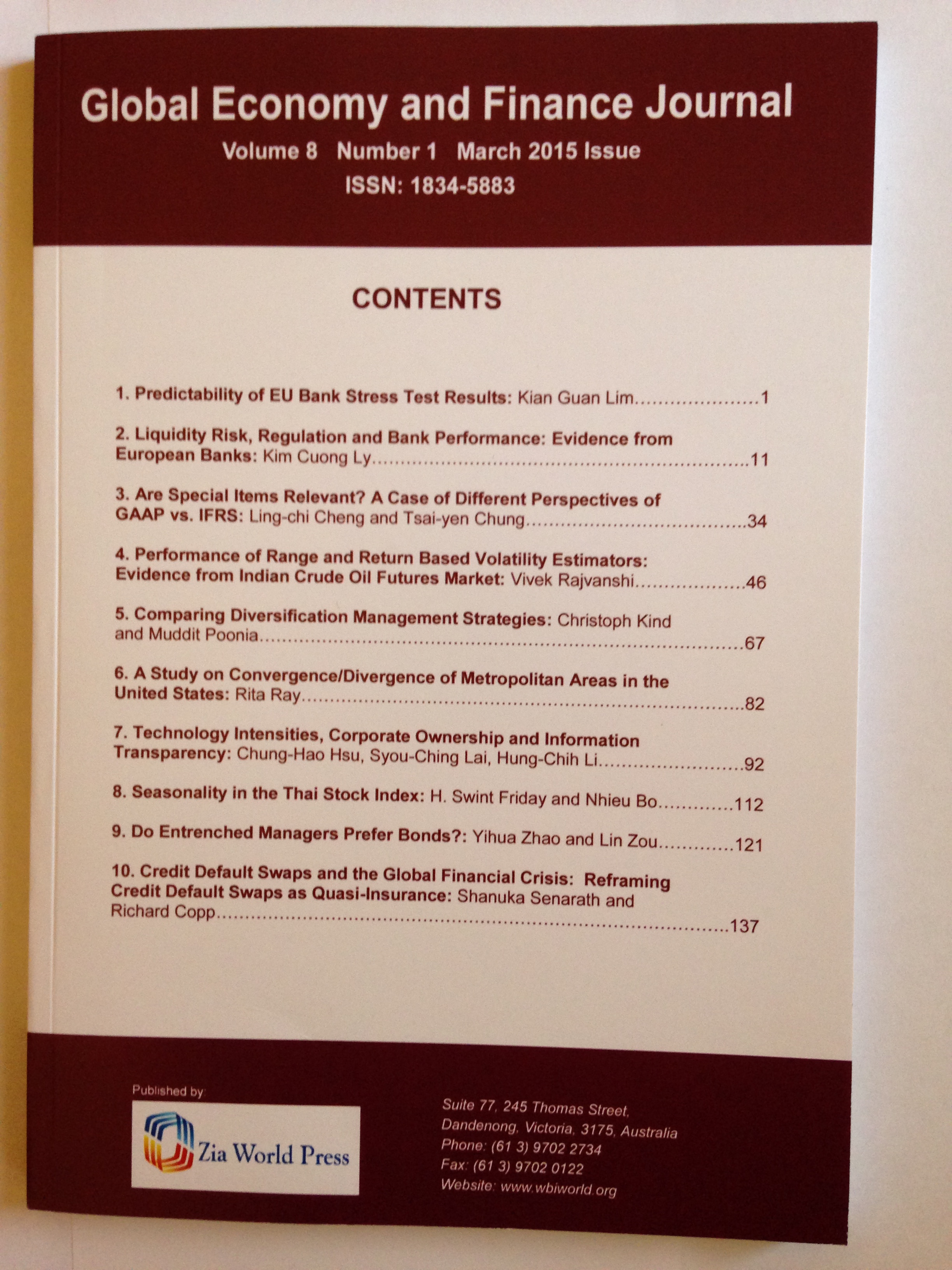September
2015

September 2015 (Global Economy and Finance Journal)
Total Articles - 7
